The American restaurant industry is a beast—a relentless, glorious, and sometimes grotesque creature. It’s where ambition and despair sit side-by-side at the pass, where dishes are plated with both artistry and desperation. This is the stage for the great American hustle: where dreams are flambéed, garnished with hope, and served up to an audience that barely sees the grease fires behind the curtain.
At its heart, this industry is about one of the simplest, purest acts of humanity: feeding people. It’s a communion of flavors and intentions, where food becomes solace, memory, and occasionally, revelation. Here, the fantasy of America’s diversity comes alive—a Parisian technique dancing with Southern grit, a perfect nigiri roll crafted in a strip mall, tacos that carry the weight of generations, all slung from the window of a truck in the Bronx. This is the church of the misfits, the haven of the driven, the kitchen crew who speak in curses, camaraderie, and the universal dialect of blistered fingers and aching backs.
But behind the dining room’s soft glow, beyond the comfort of clinking glasses and the gluttonous pleasure of a perfect bite, the reality is far less romantic. Kitchens are pressure cookers where ambition and exhaustion are the main ingredients. The people back there—line cooks, dishwashers, prep grunts—are often nameless to those who enjoy their labor. They’re paid in scraps, working hours that break bodies and fray minds, driven by a passion that the industry exploits until it’s dry as a bone.
Margins are a joke—profits so thin you could slice them with a dull knife. One bad review, one slow month, one shipment of bad oysters, and everything can crumble. The line between success and failure is as thin as a julienned onion. And for all the glamour that food television and social media peddle, the truth is far messier: addiction lurking in the walk-in, burnout simmering on the grill, relationships left to curdle as chefs chase perfection one brutal service at a time.
Still, there’s something magnetic about it all—the chaos, the fleeting triumphs, that moment when a plate goes out and everything clicks. The din of the dining room fades, the sweat evaporates, and for one heartbeat, there’s meaning in the madness. That’s the siren song of this industry. It devours its own, but goddamn if it doesn’t make you feel alive.
Now, post-pandemic, the cracks in the foundation are more like gaping holes. Workers have had enough of the scraps, demanding paychecks that mean something, hours that don’t steal their souls. Diners are rethinking what it means to break bread in public, to connect, to spend. The question is whether this industry, stubborn and scarred, can finally evolve—can it create a world where feeding people doesn’t starve those who do the feeding? Or will it keep chewing up hope, spitting out disillusionment, all in service of that merciless god, profit?
The American restaurant industry is a contradiction wrapped in a tortilla and served on a chipped plate. It’s brutal, it’s beautiful, and it’s everything America claims to be—resilient, relentless, and always hungry for more.


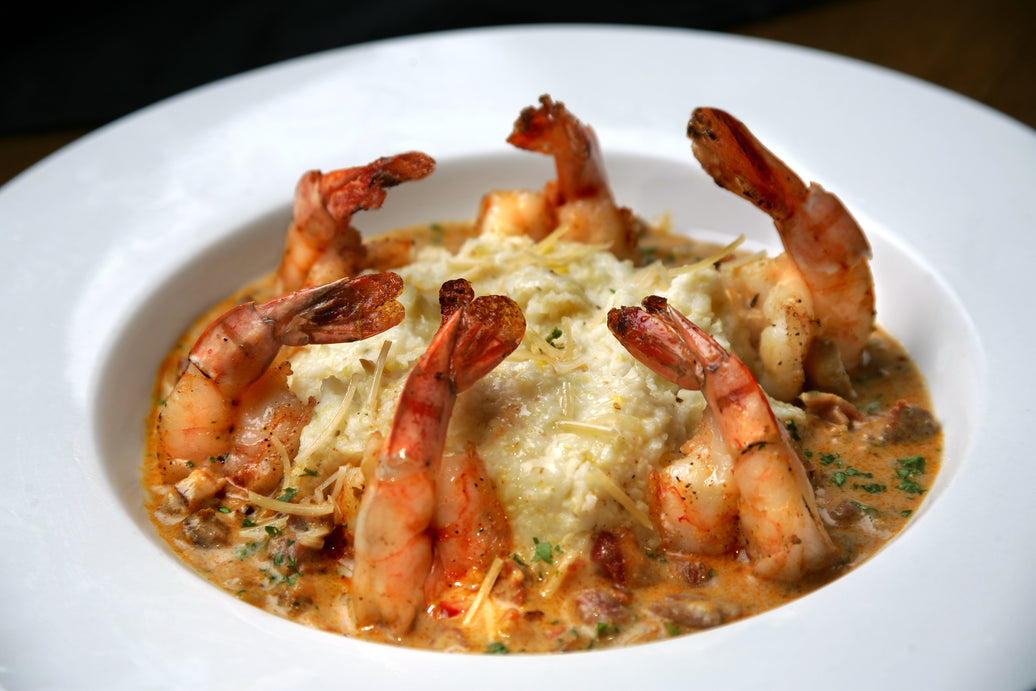
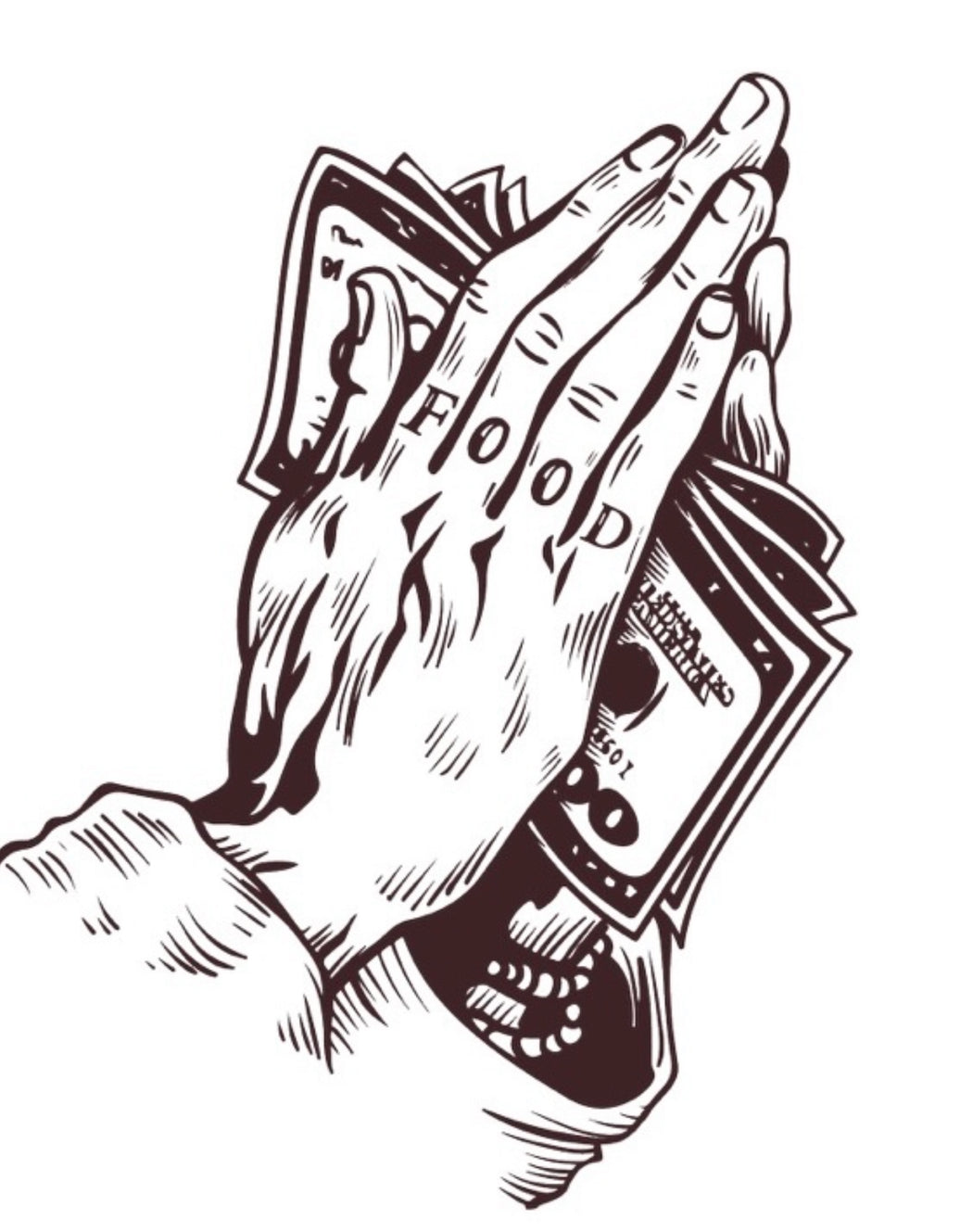
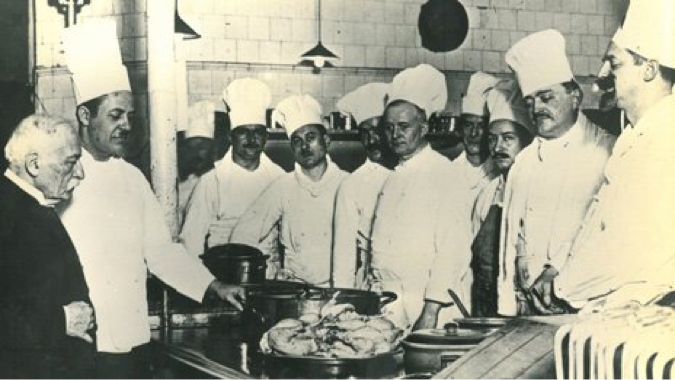
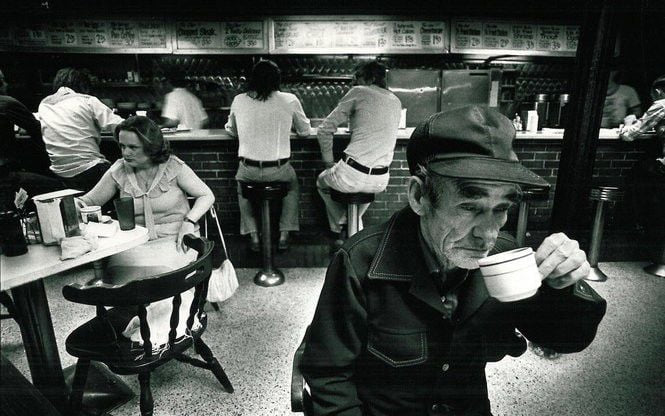
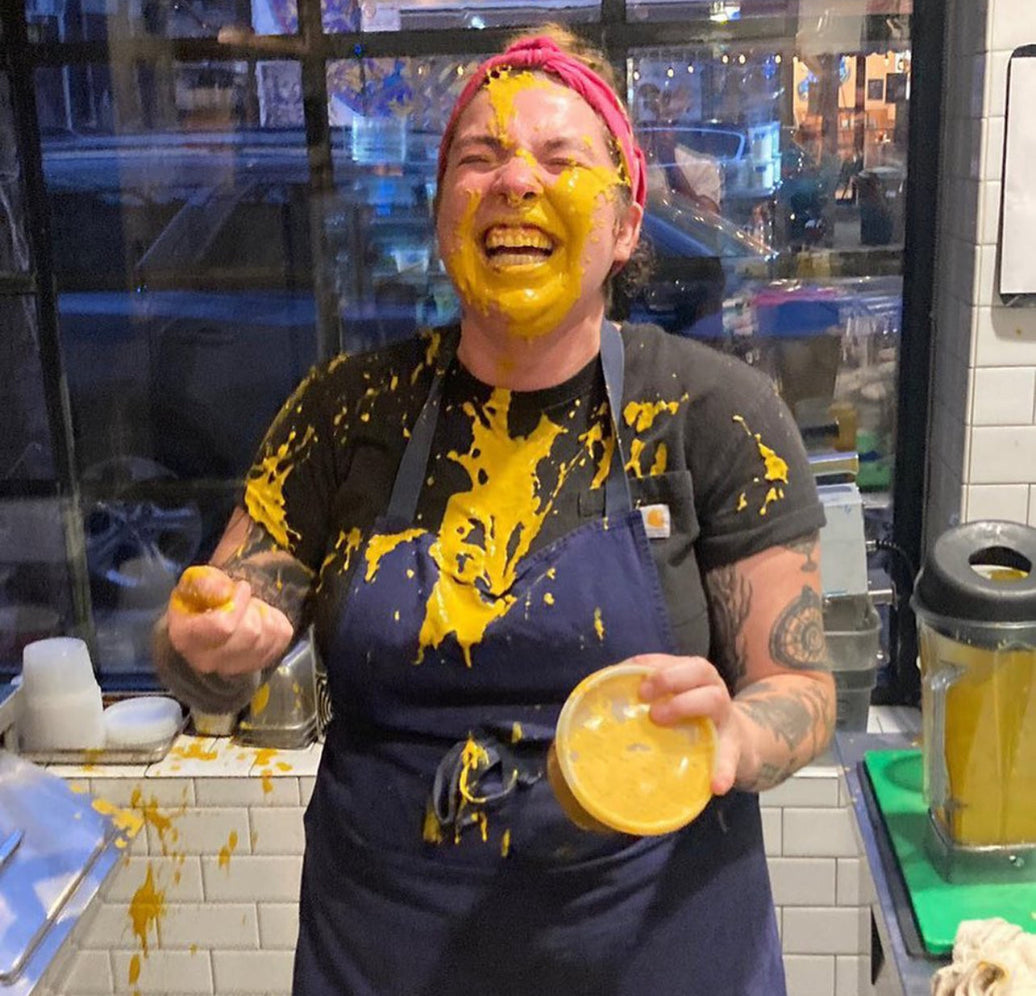
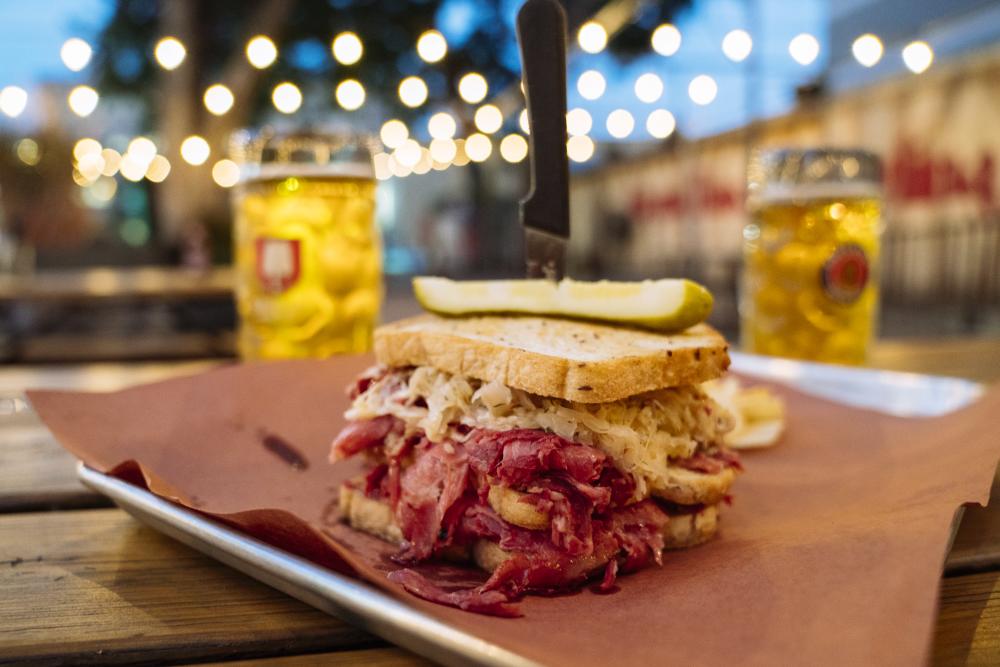
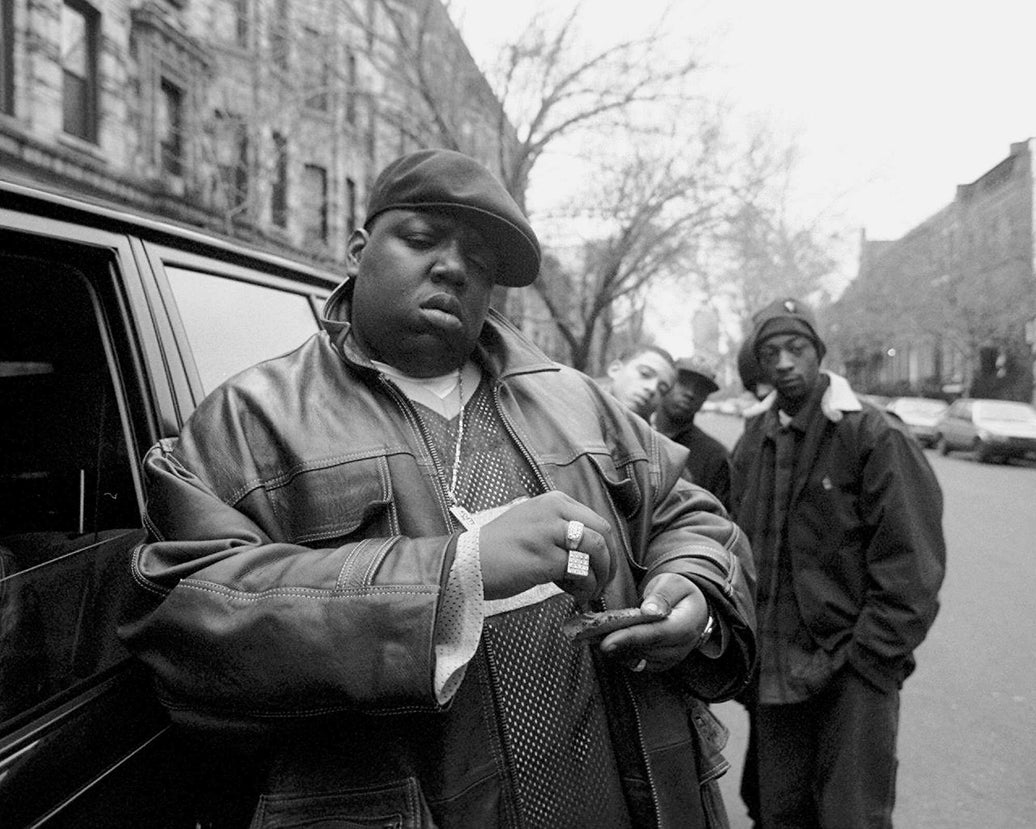
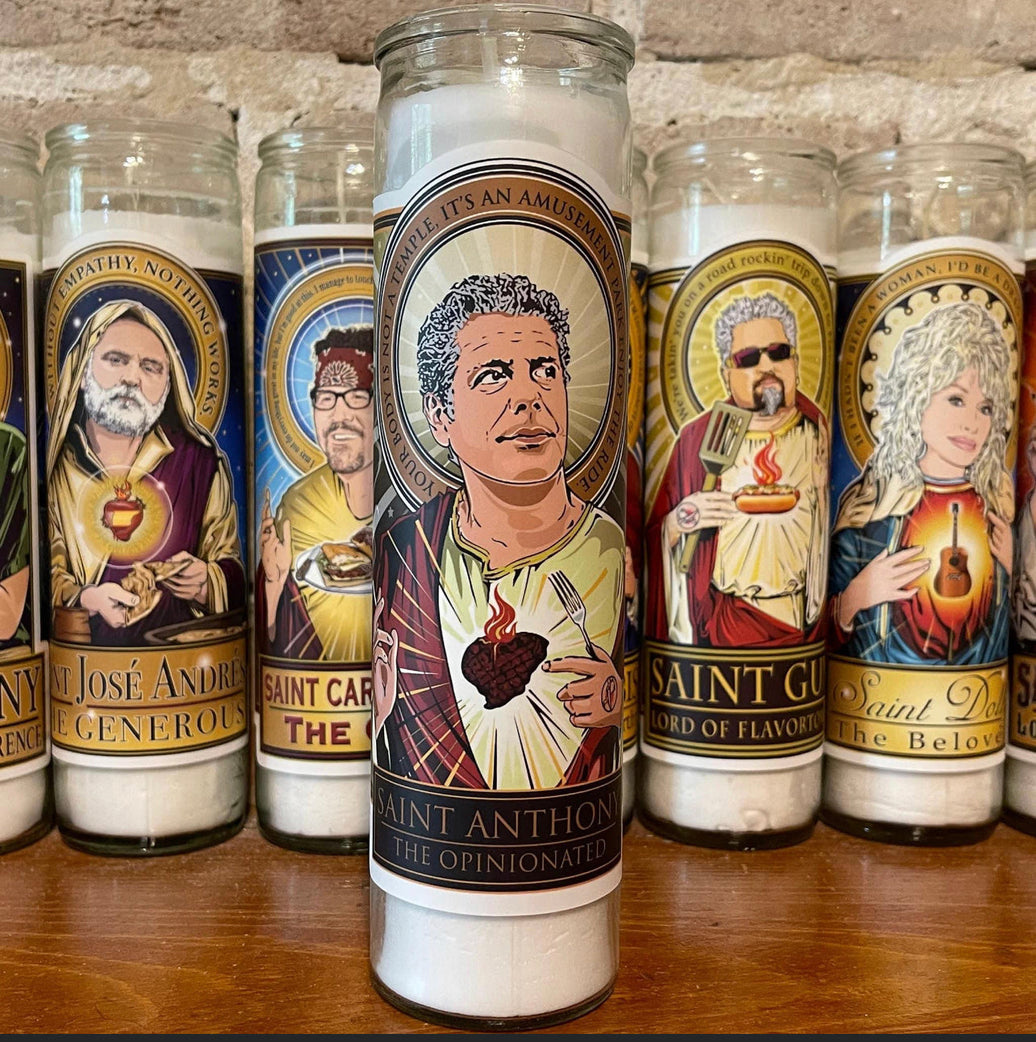

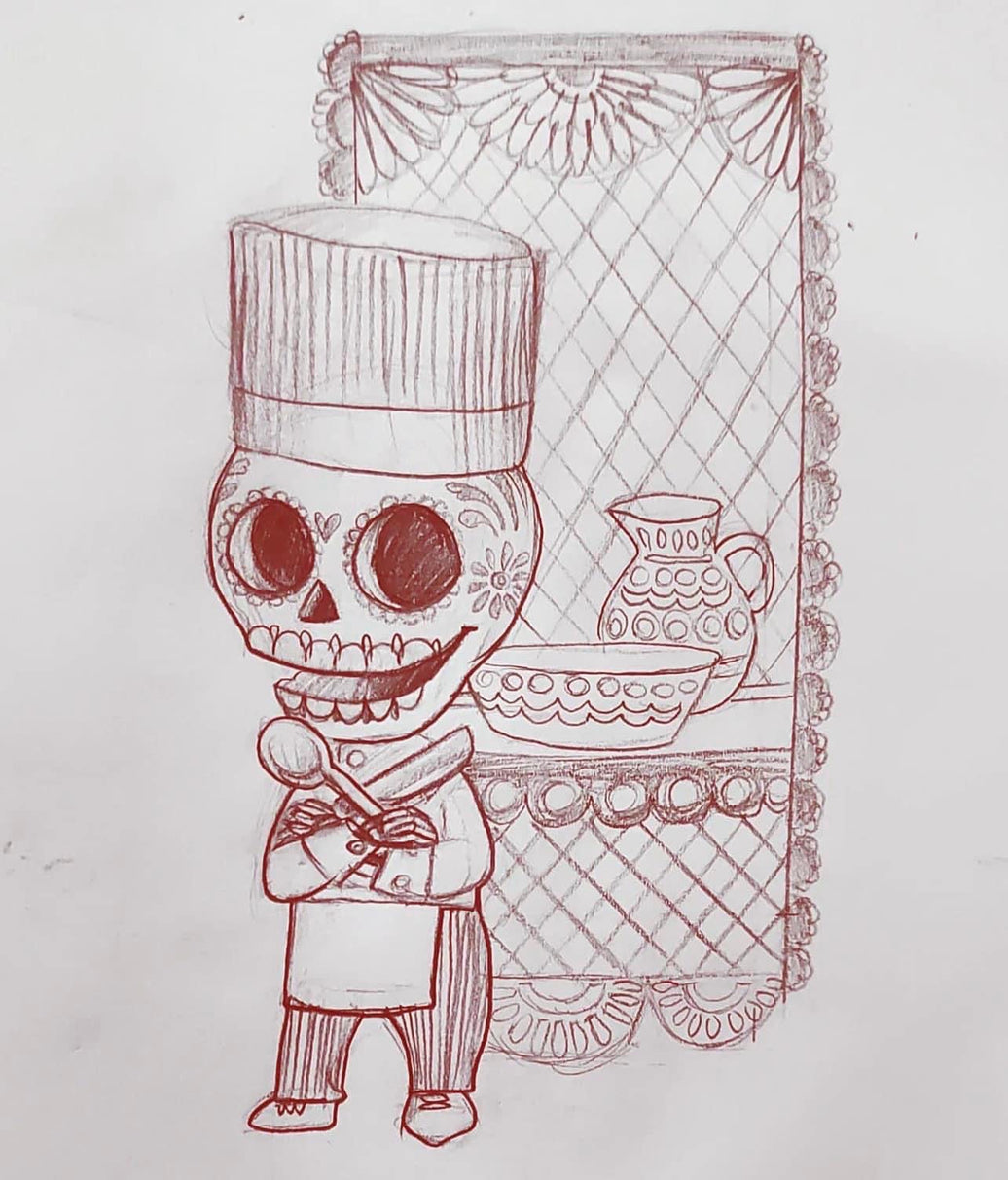
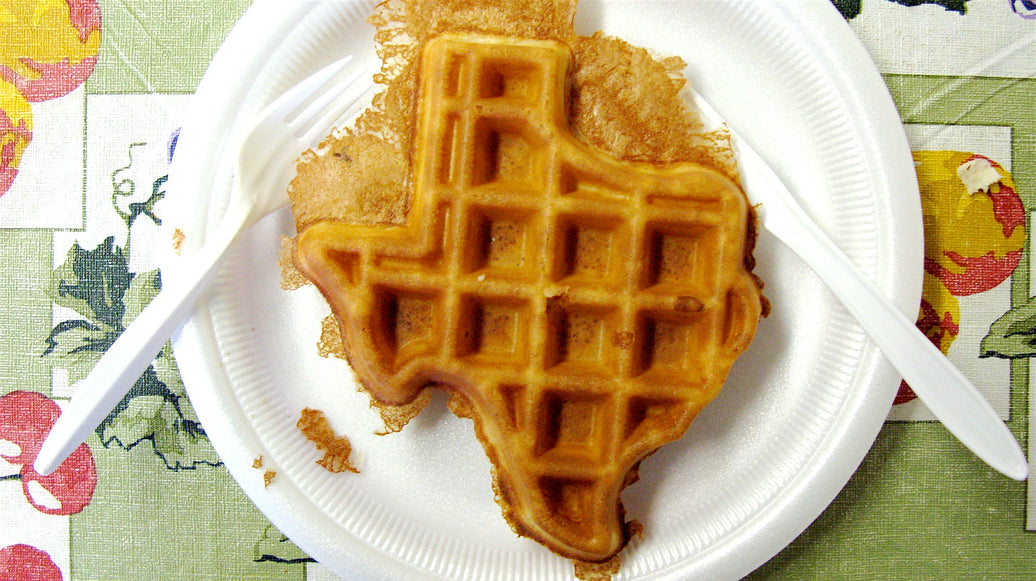
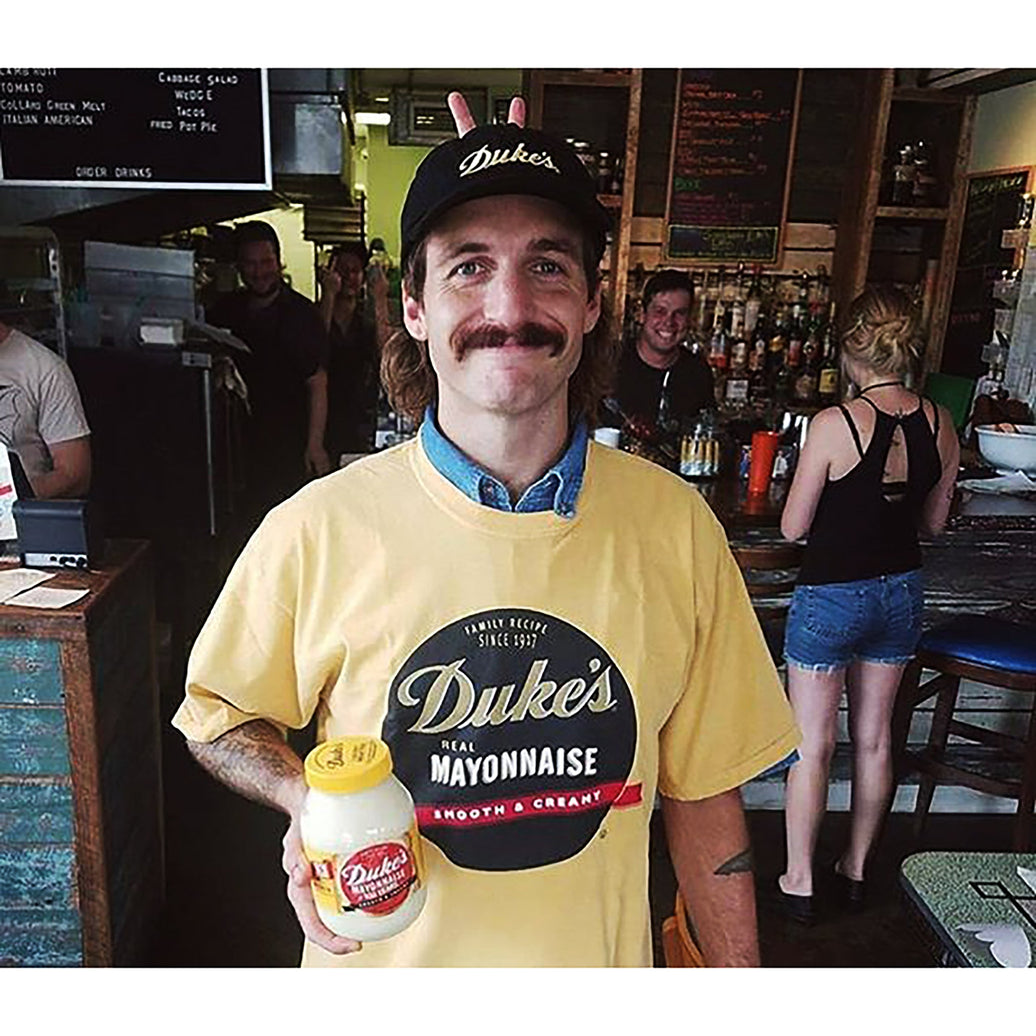
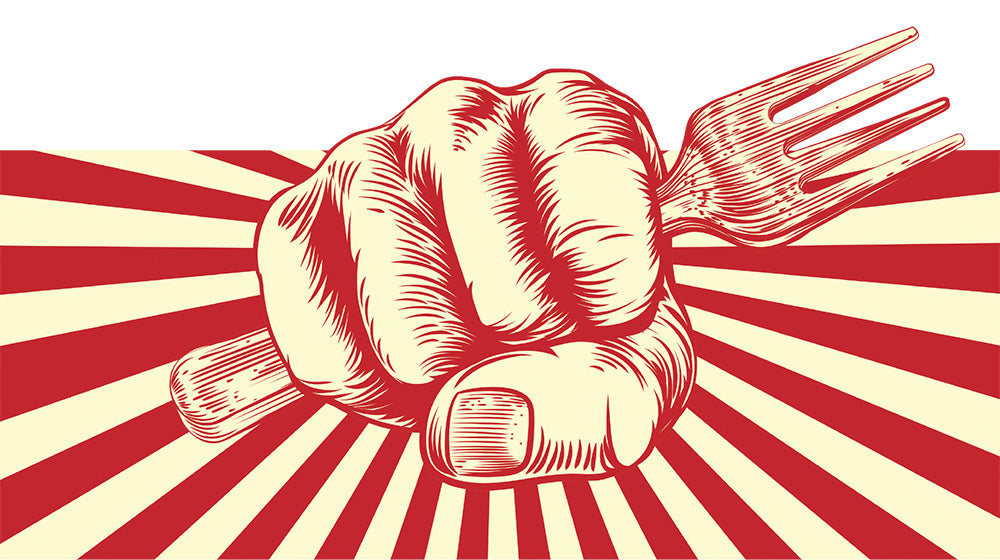
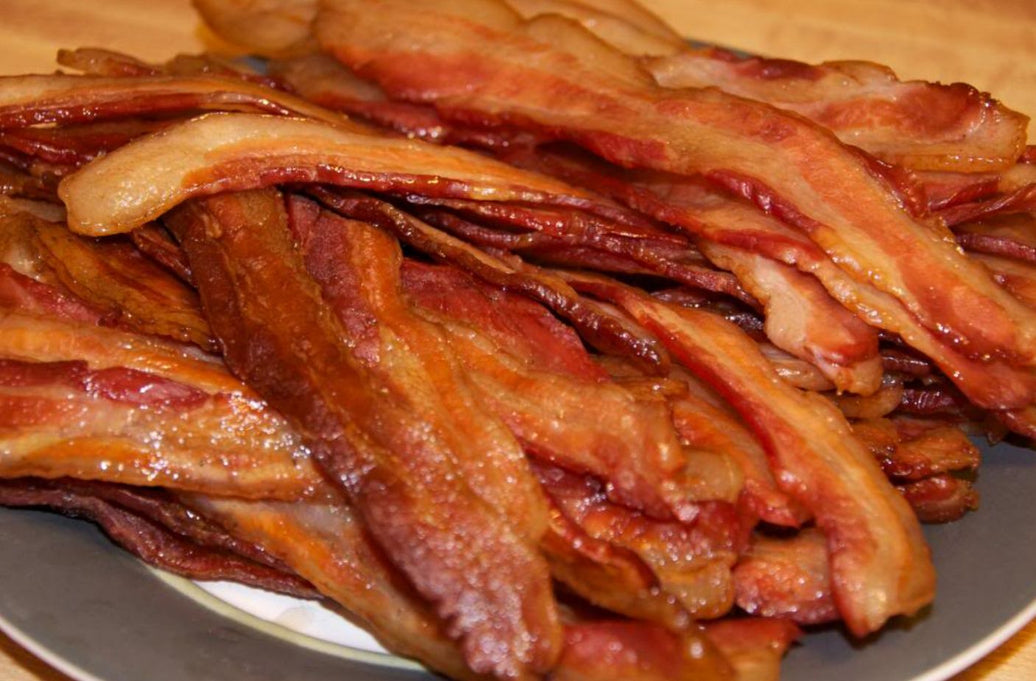

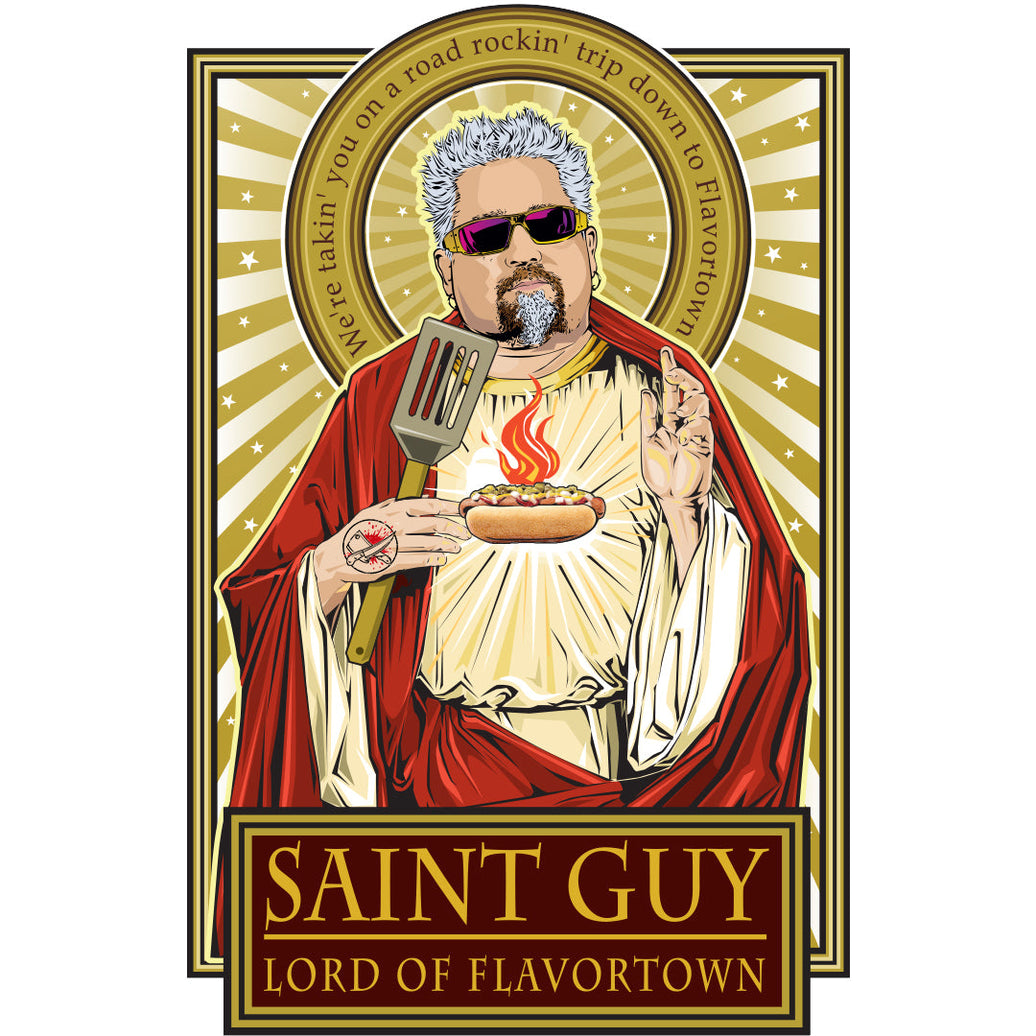
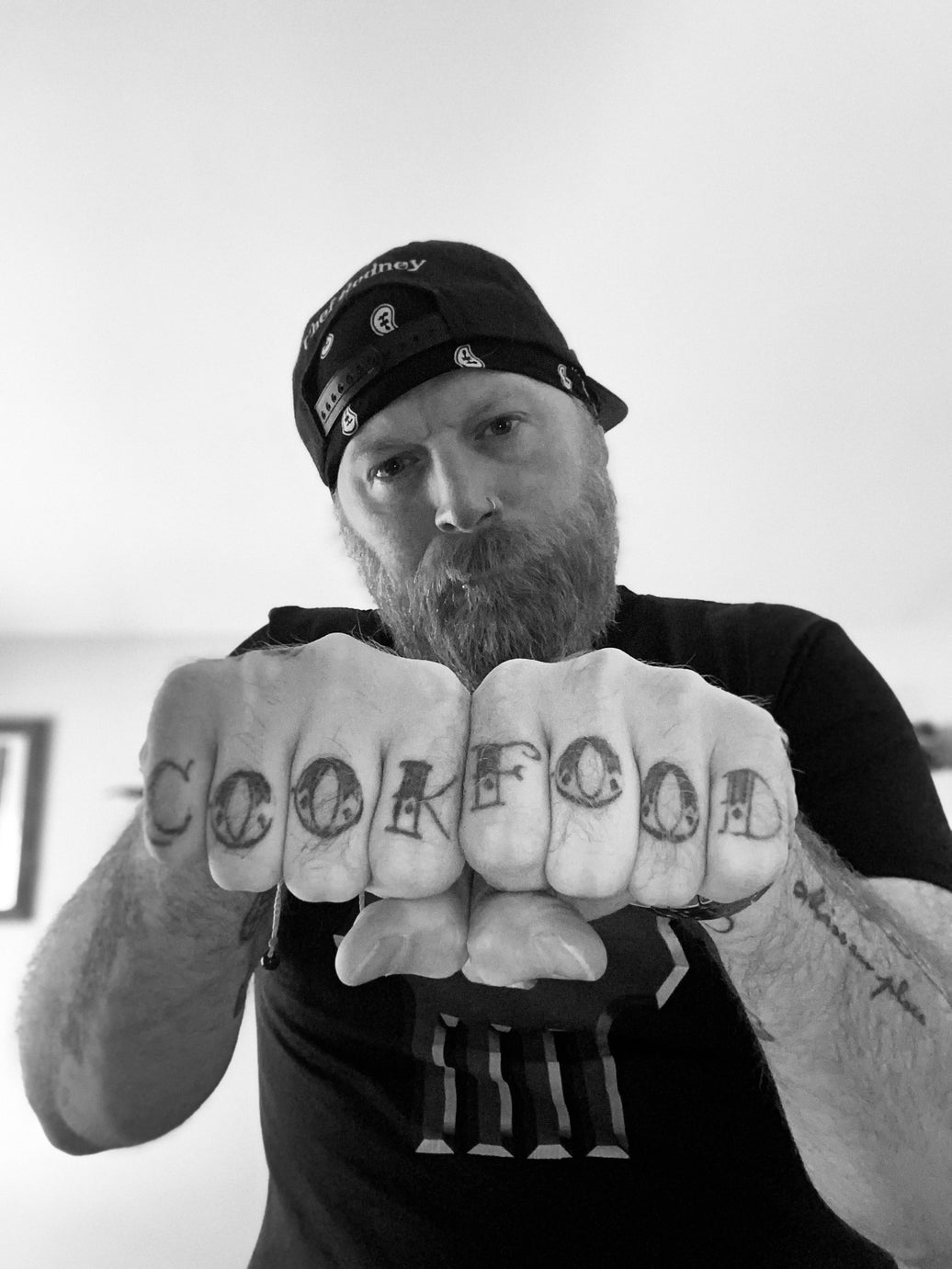

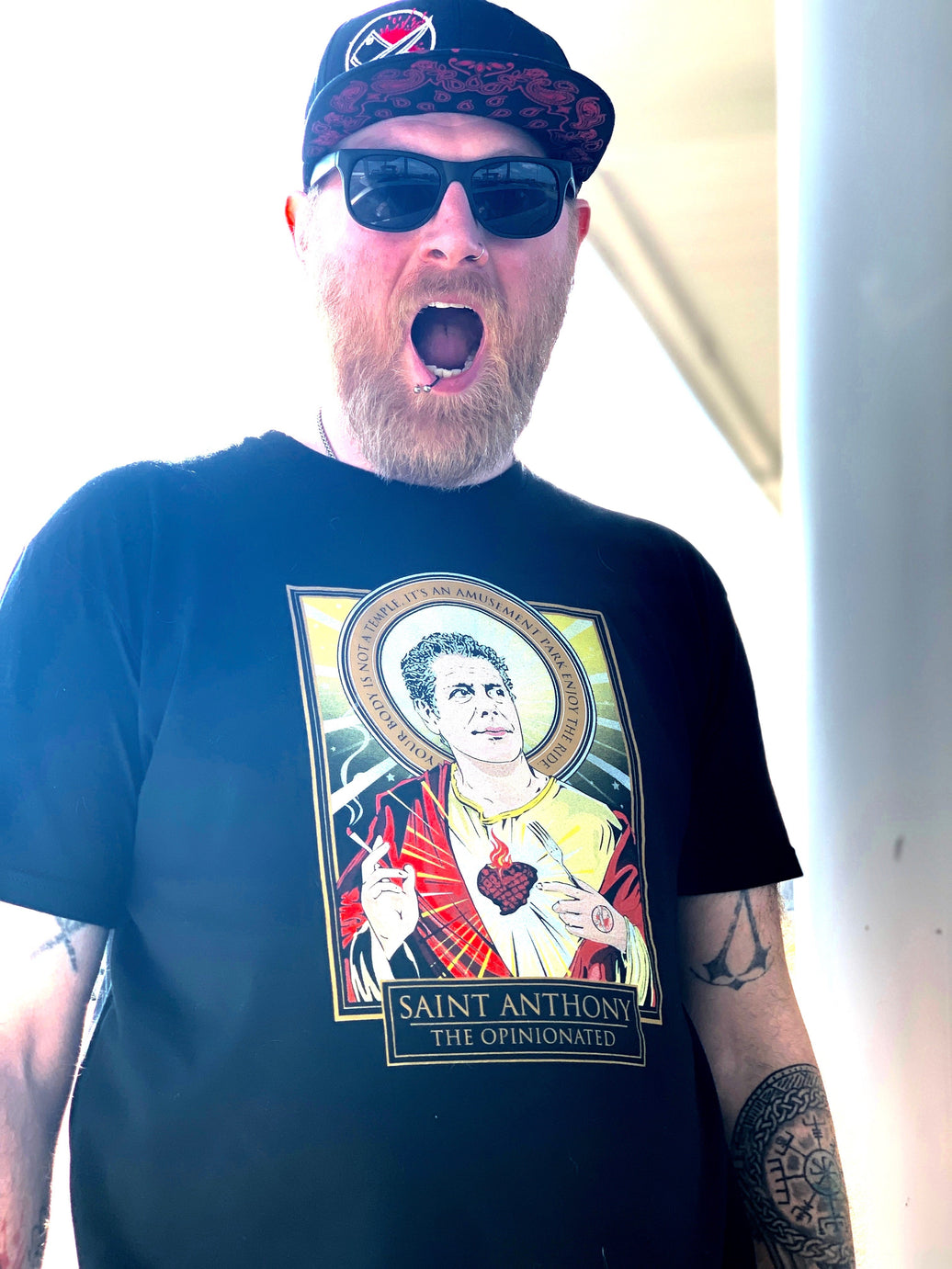
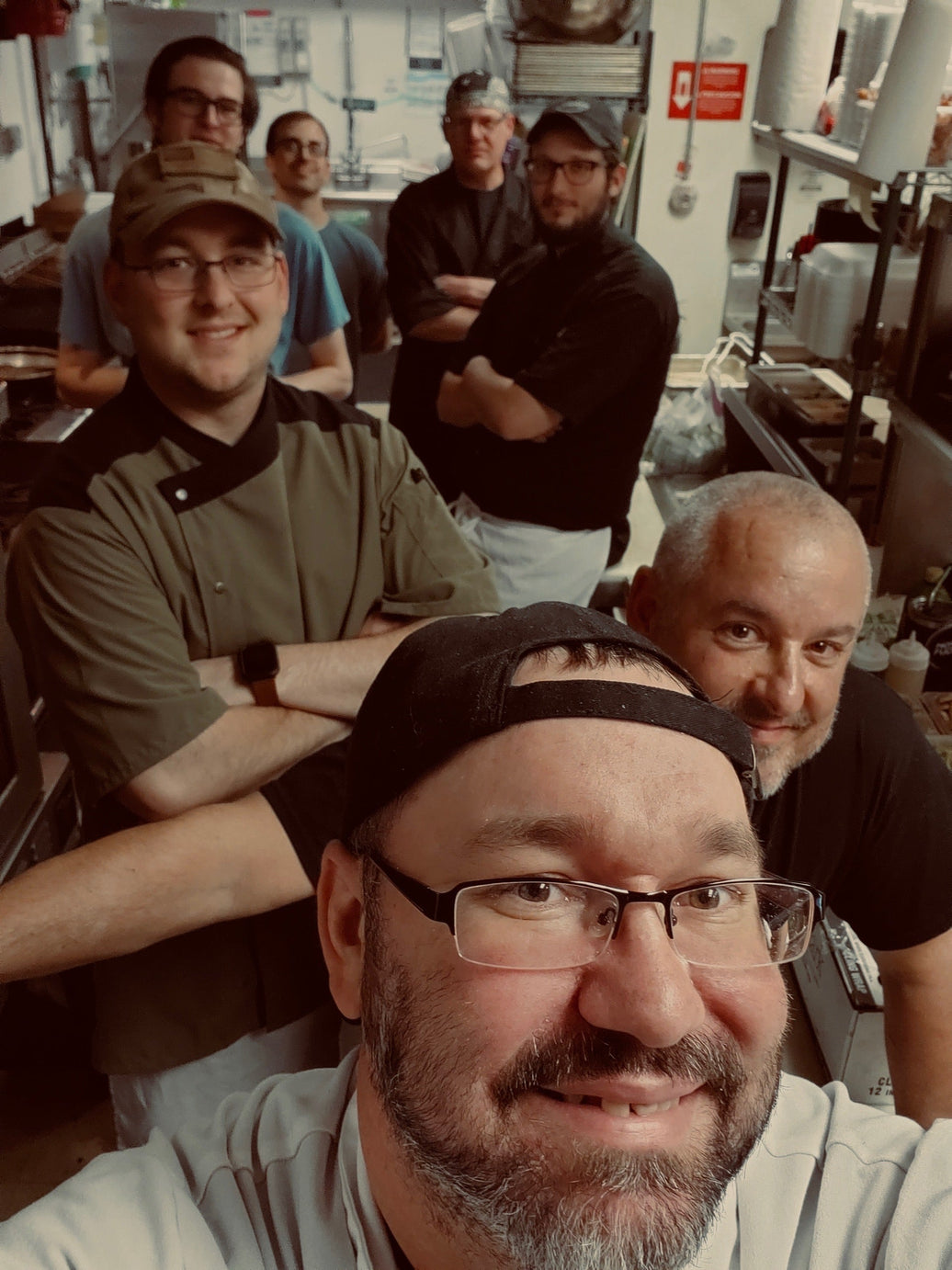

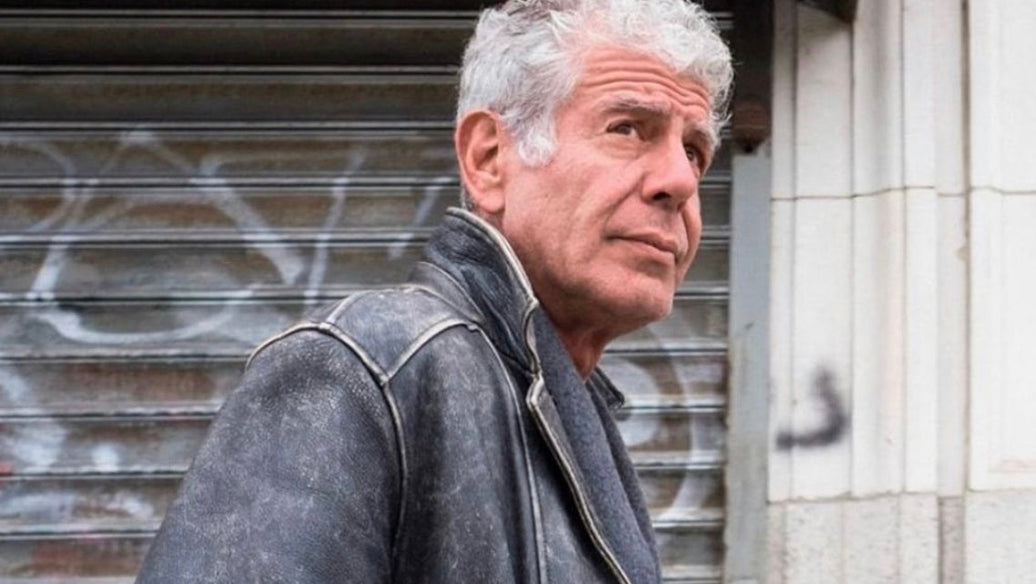
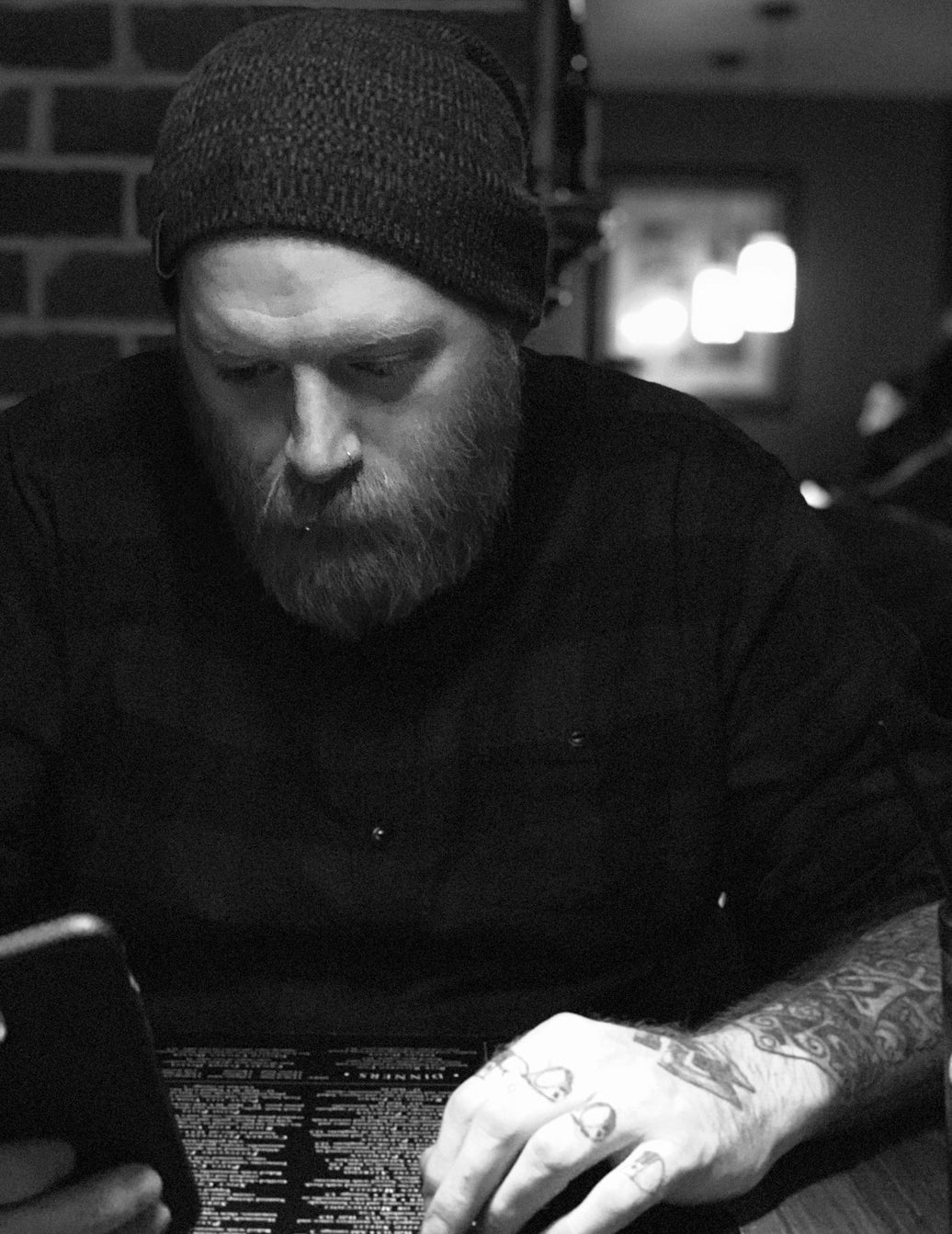
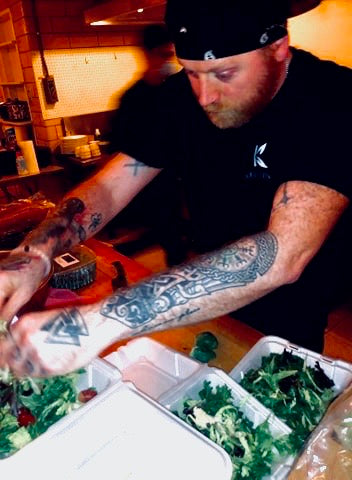



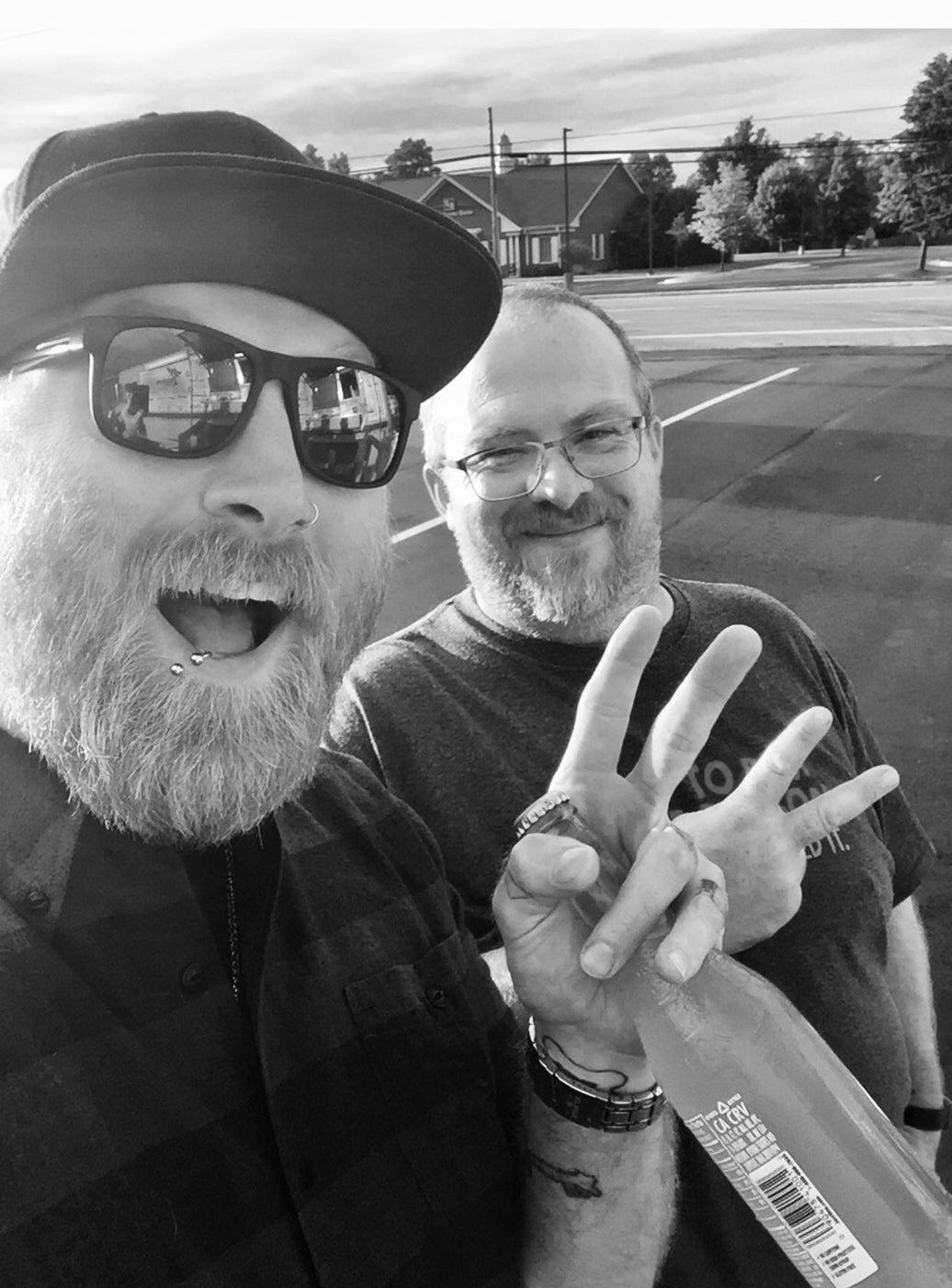





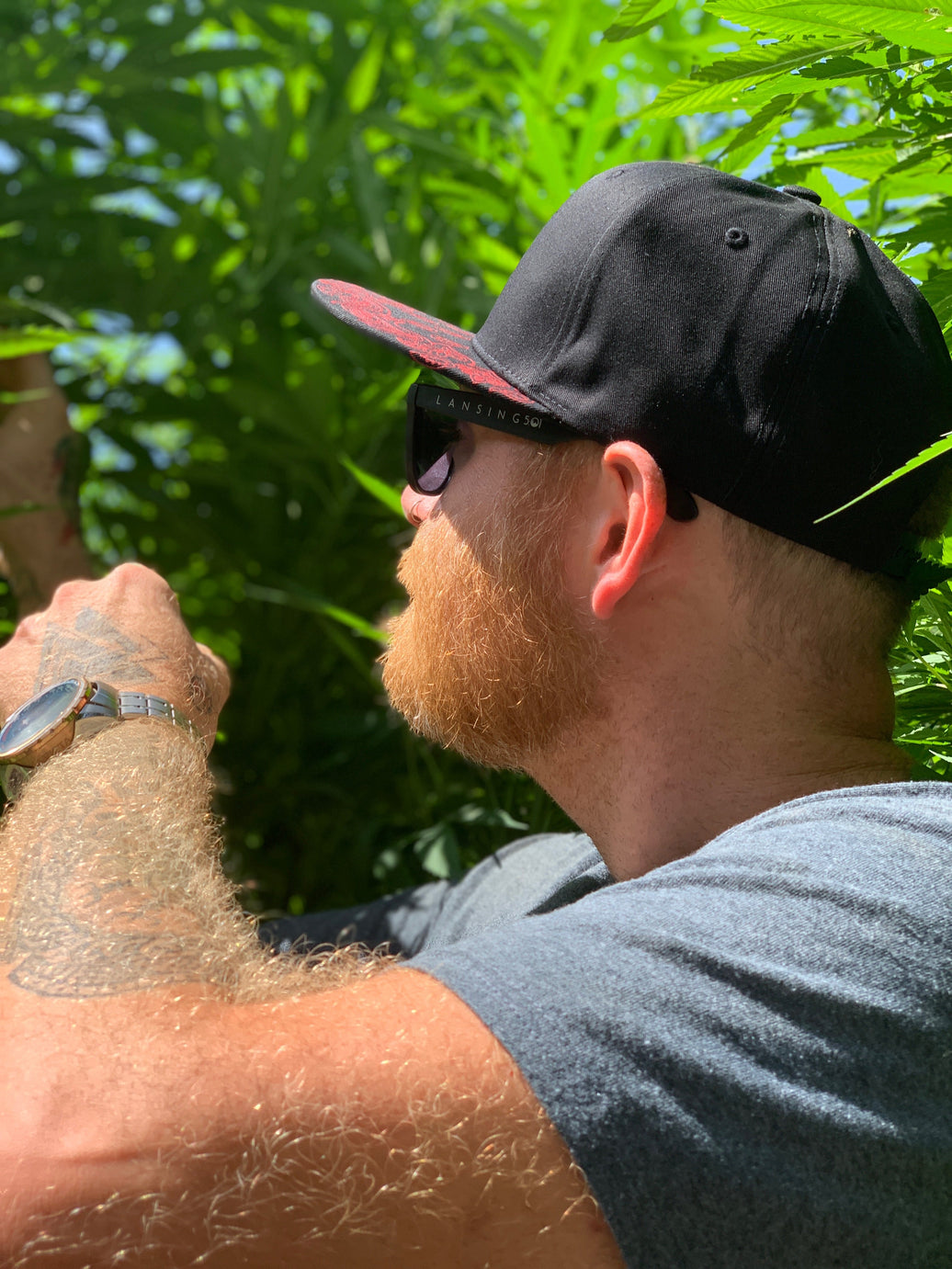
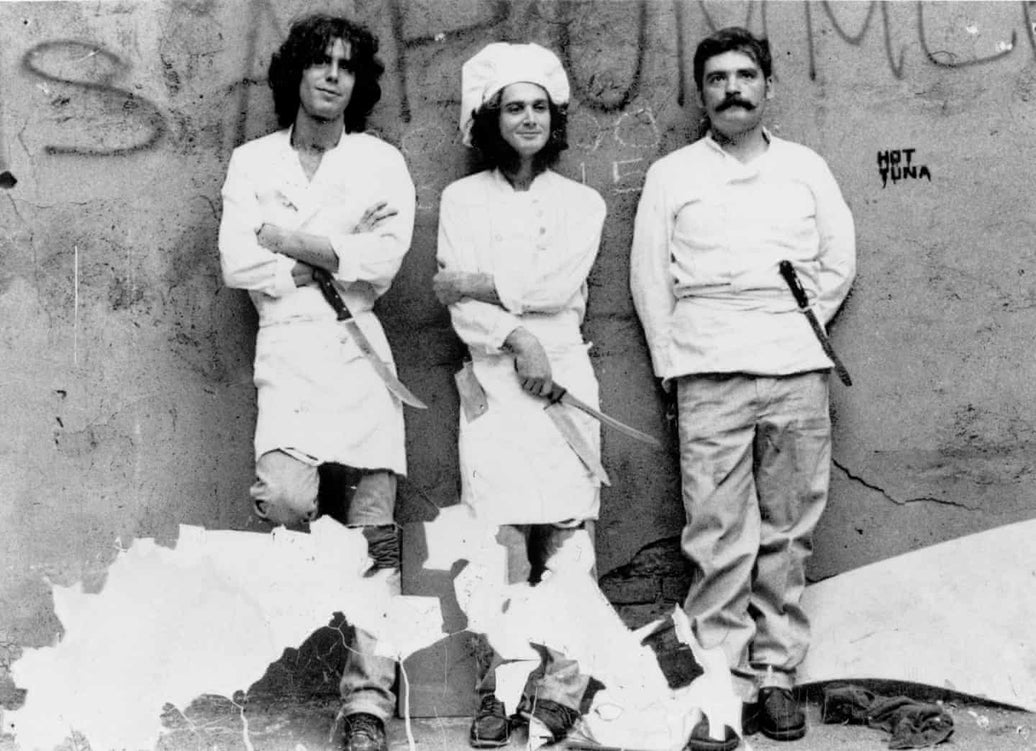

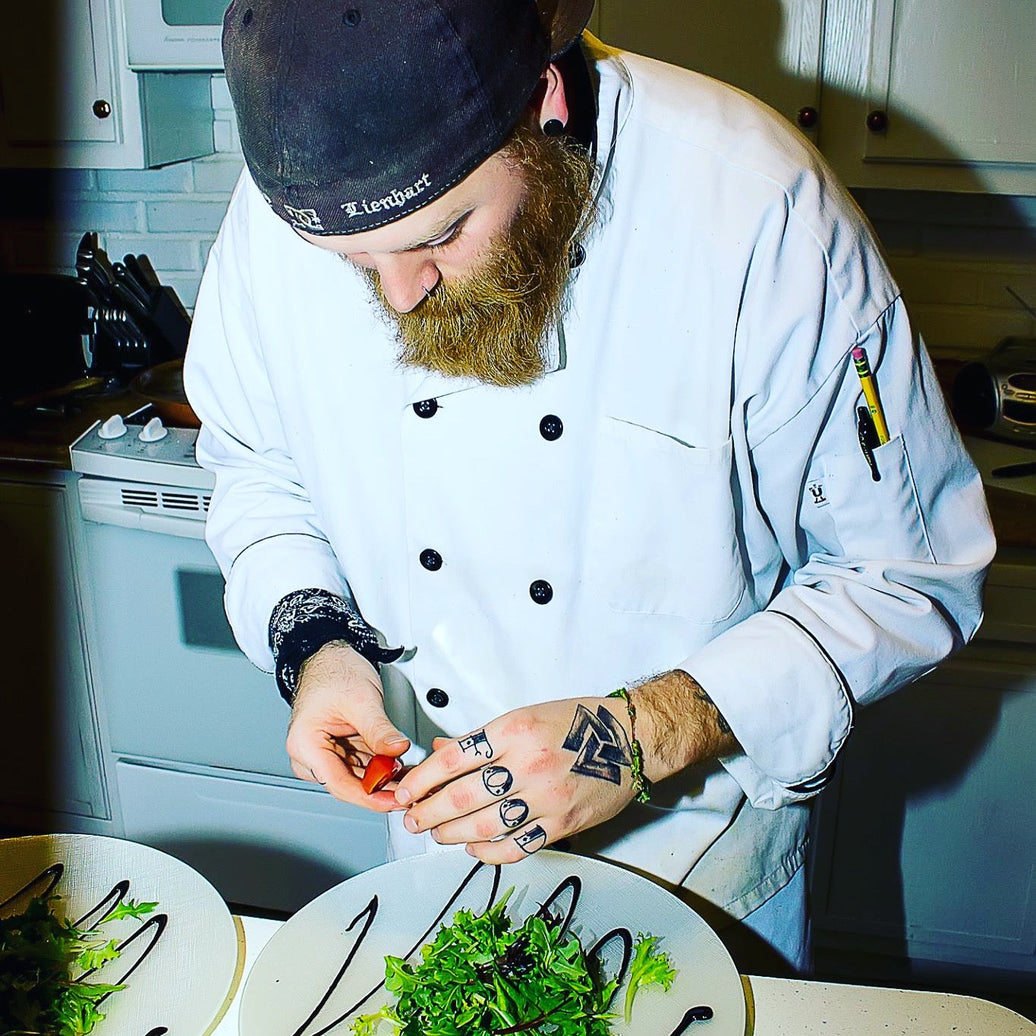
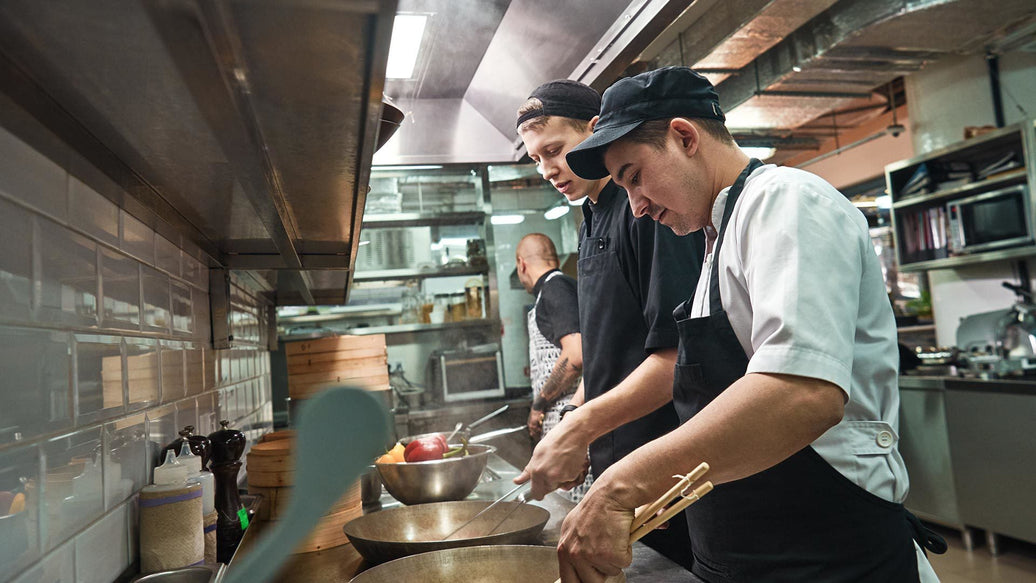

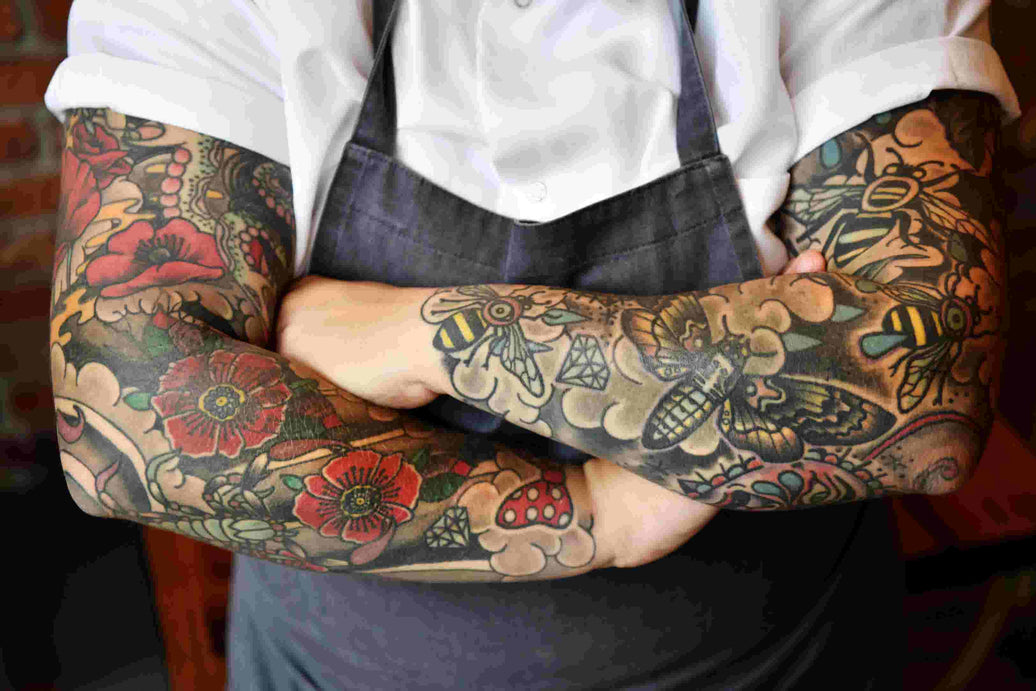
Leave a comment